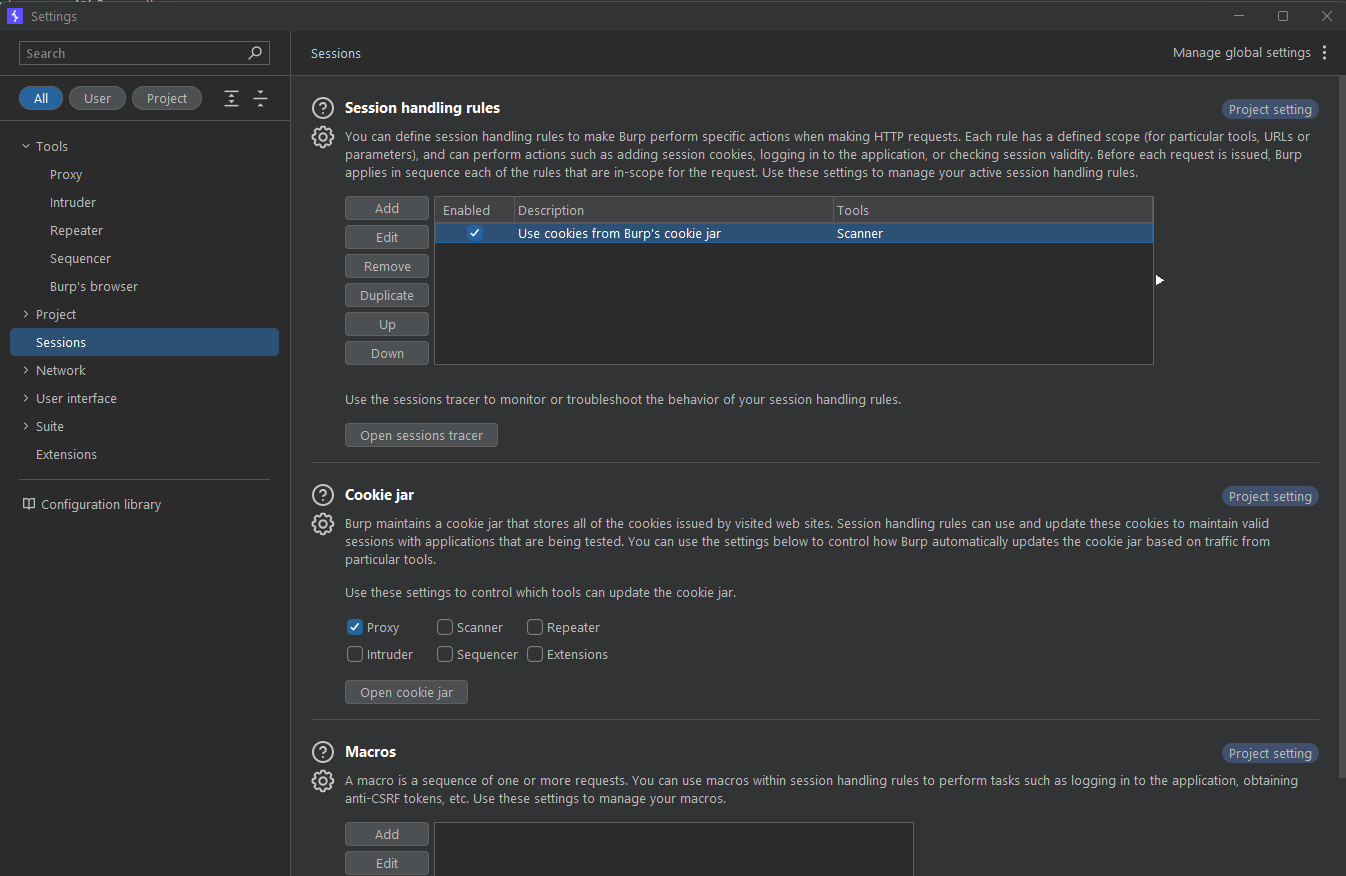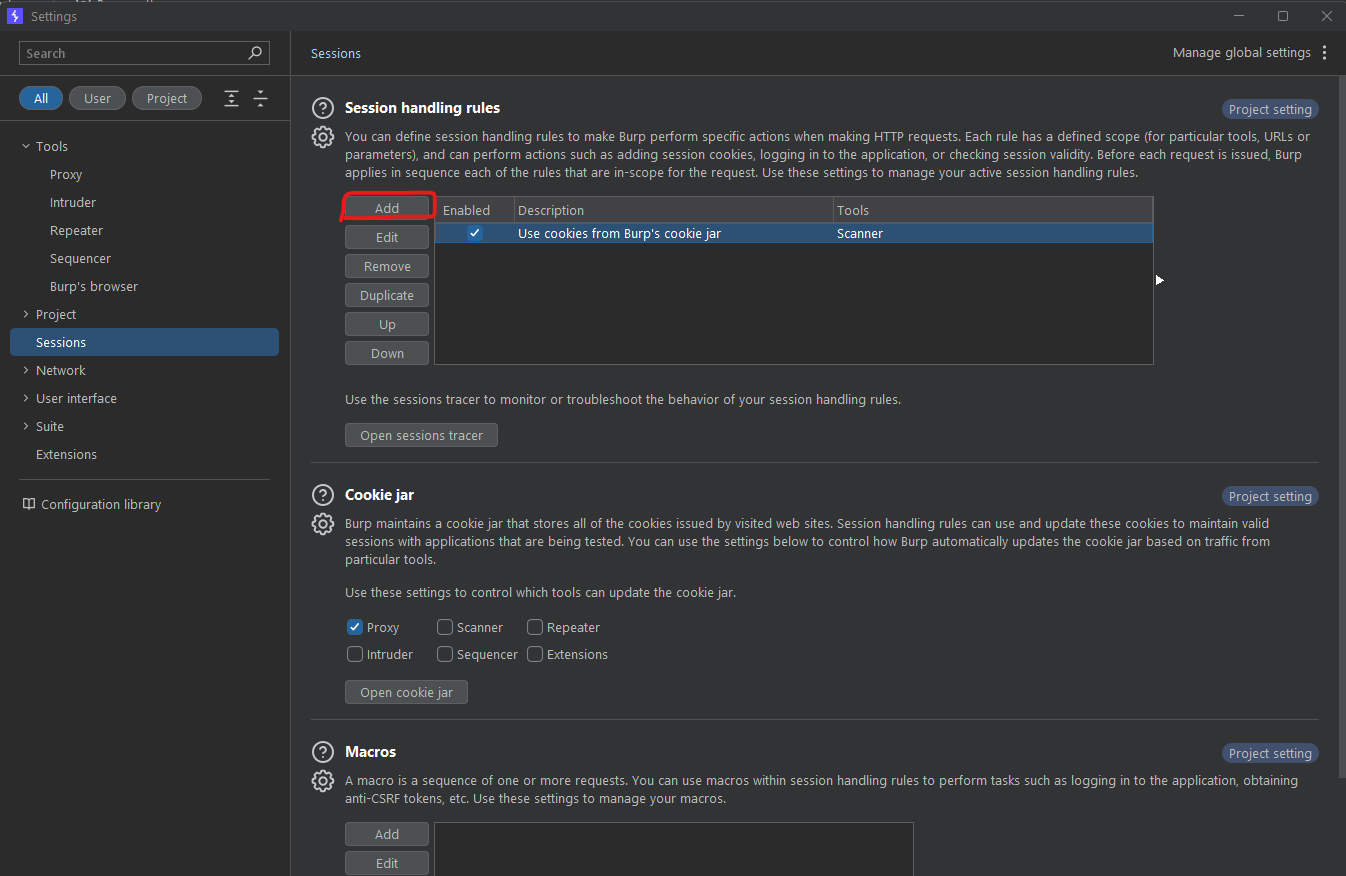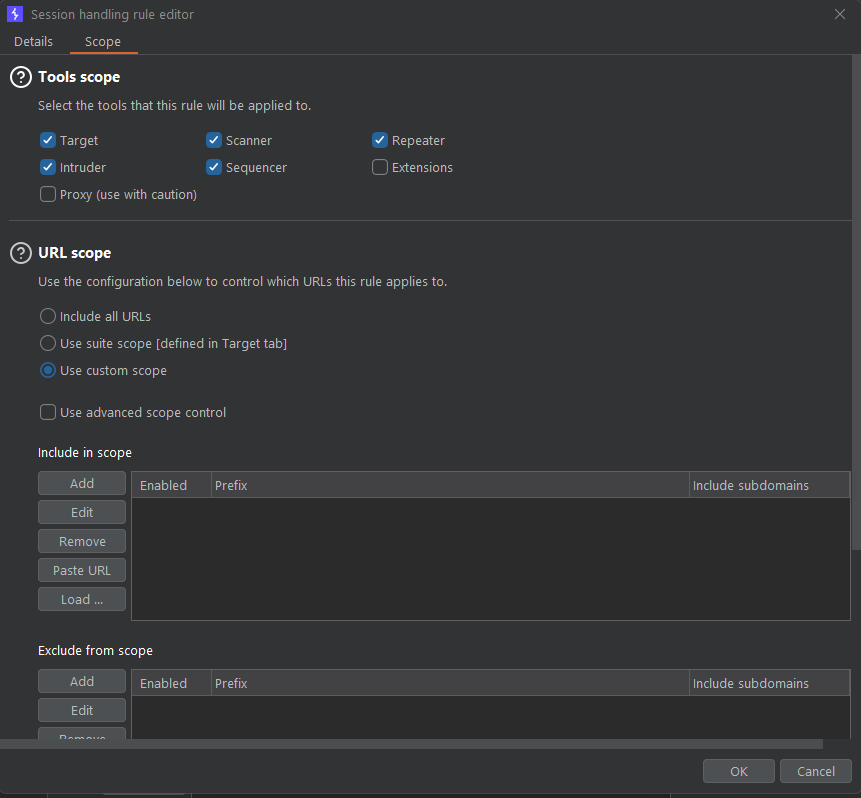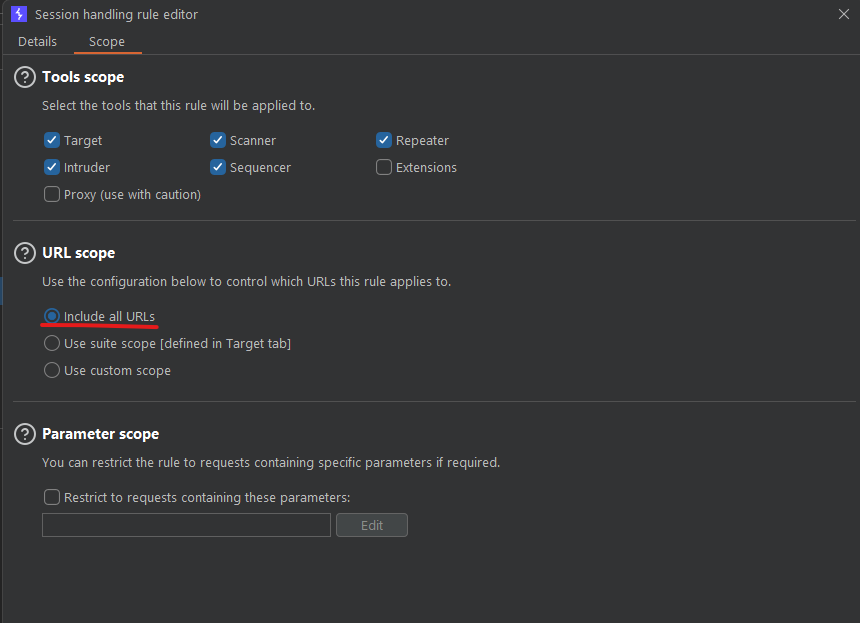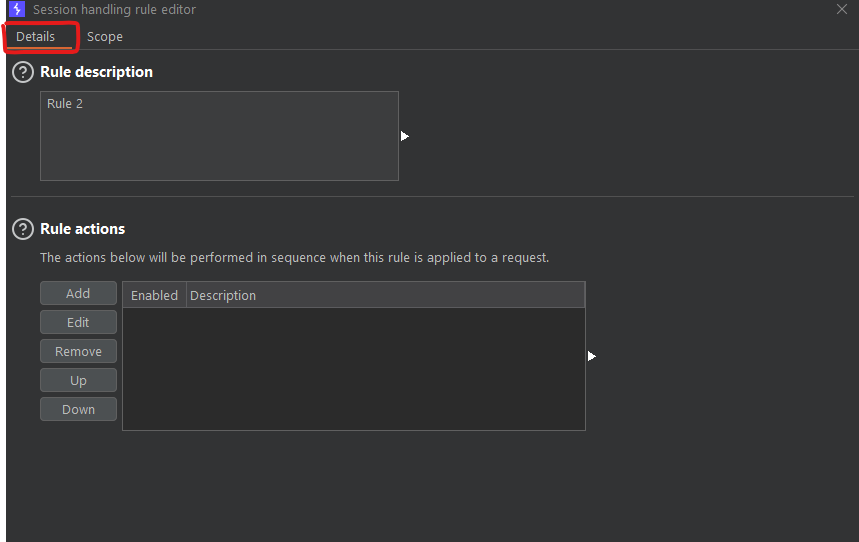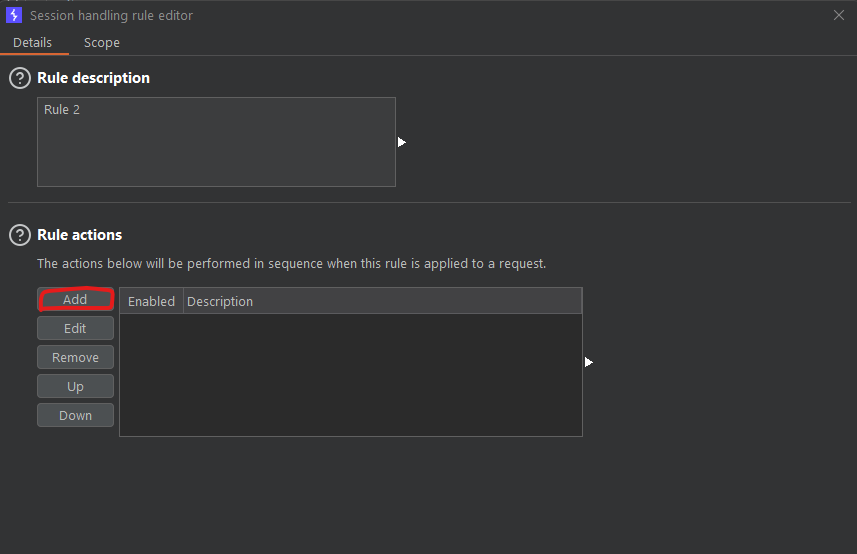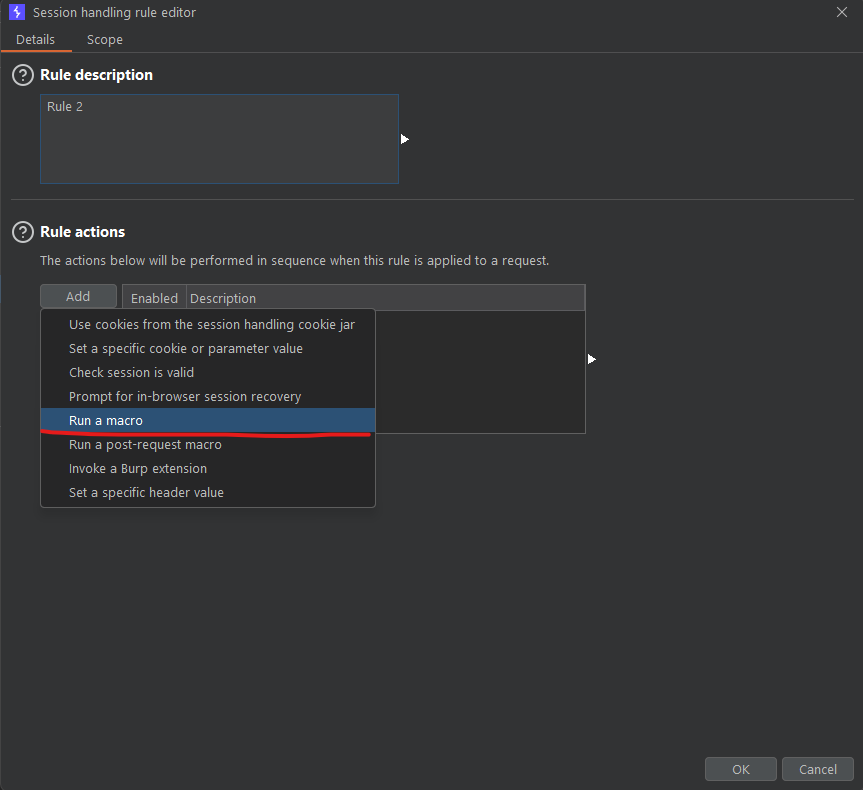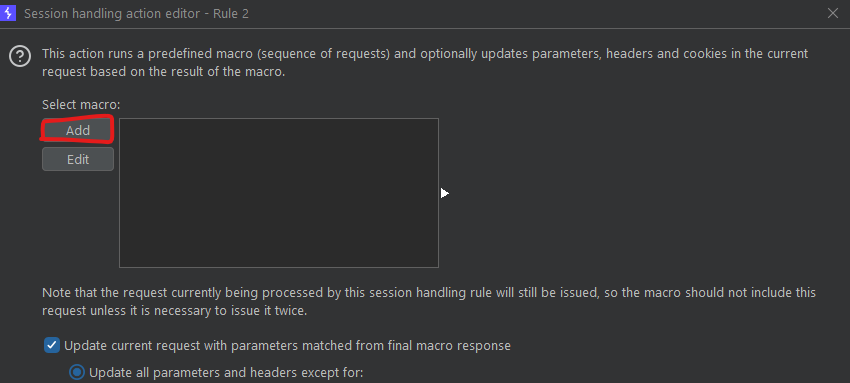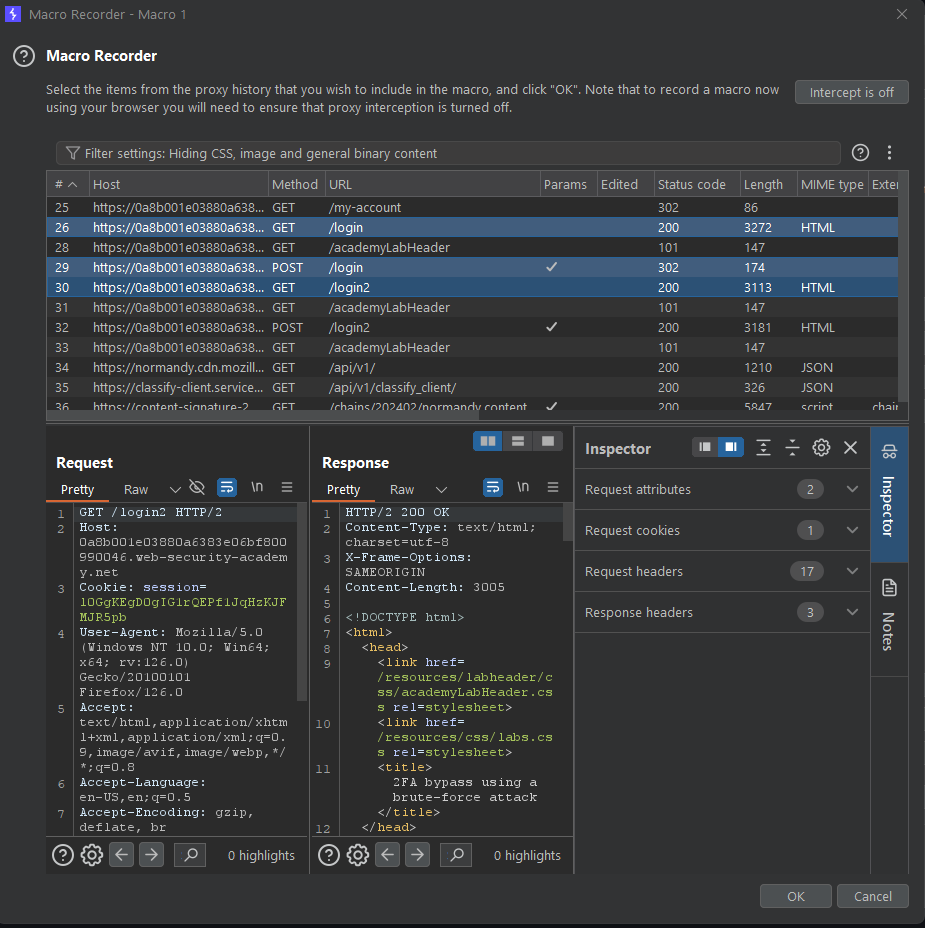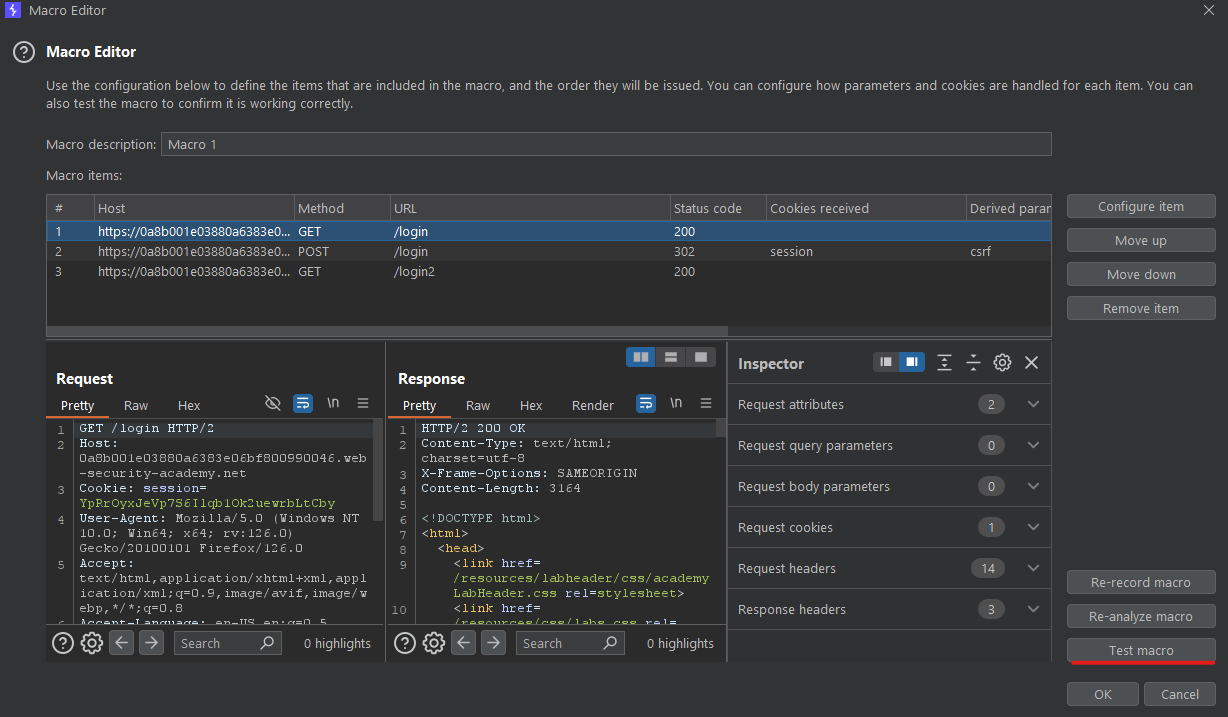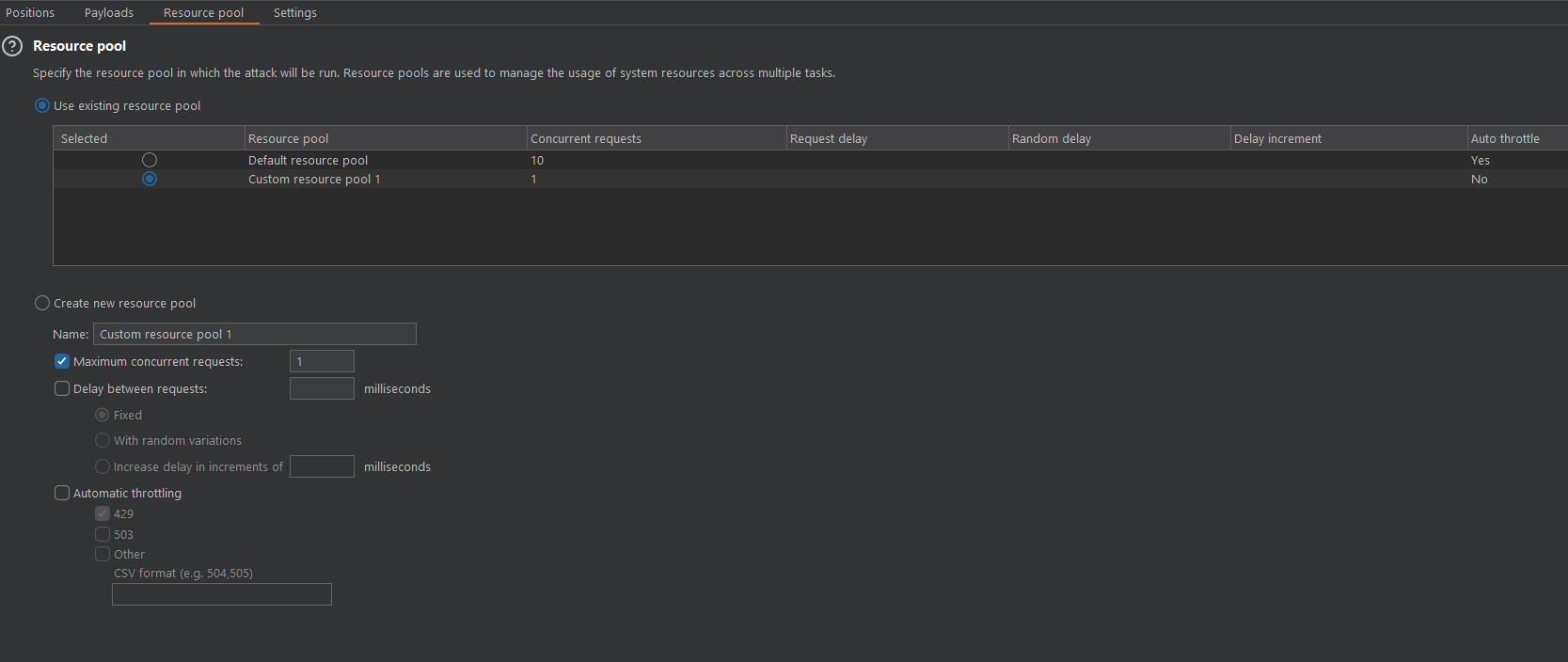PortSwigger - Authentication - Lab 14
Lab 14 - 2FA bypass using a brute-force attack
Lab Objective:
This lab’s two-factor authentication is vulnerable to brute-forcing. You have already obtained a valid username and password, but do not have access to the user’s 2FA verification code. To solve the lab, brute-force the 2FA code and access Carlos’s account page.
Victim's credentials: carlos:montoya
Reference:
Port Swigger - Lab 14
Solution
1. With Burp running, log in as carlos and investigate the 2FA verification process. Notice that if you enter the wrong code twice, you will be logged out again. You need to use Burp’s session handling features to log back in automatically before sending each request.
2. In Burp, go to Project options > Sessions. In the Session Handling Rules panel, click Add. The Session handling rule editor dialog opens.
3. In the dialog, go to the Scope tab. Under URL Scope, select the option Include all URLs.
4. Go back to the Details tab and under Rule Actions, click Add > Run a macro.
5. Under Select macro click Add to open the Macro Recorder. Select the following 3 requests: GET /login POST /login GET /login2 Then click OK. The Macro Editor dialog opens.
6. Click Test macro and check that the final response contains the page asking you to provide the 4-digit security code. This confirms that the macro is working correctly.
7. Keep clicking OK to close the various dialogs until you get back to the main Burp window. The macro will now automatically log you back in as Carlos before each request is sent by Burp Intruder.
8. Send the POST /login2 request to Burp Intruder
9. In Burp Intruder, add a payload position to the mfa-code parameter
10. On the Payloads tab, select the Numbers payload type. Enter the range 0 - 9999 and set the step to 1. Set the min/max integer digits to 4 and max fraction digits to 0. This will create a payload for every possible 4-digit integer.
11. Go to the Resource pool tab and add the attack to a resource pool with the Maximum concurrent requests set to 1.
12. Start the attack. Eventually, one of the requests will return a 302 status code. Right-click on this request and select Show response in browser. Copy the URL and load it in the browser.
13. Click My account to solve the lab.
Explanation:
When logging in with the credentials we’re prompted to supply a 2FA code. When trying to brute force the 2FA code we get logged out after two attempts, we’ll use BurpSuite’s macro functionality to automatically log us back in and then continue brute forcing the 2FA code.
Steps to Configure a Macro in Burp:
1. Navigate to Settings at the top righthand corner:
2. Click on the Sessions Tab:
3. In the Session handling rules click on the Add button
4. Click on the Scopes Tab:
5. In the URL scope section select Include all URLs:
6. Click on the Details Tab:
7. In the Rule actions section click on Add:
8. Select Run a macro:
9. Click on the Add button:
10. Select the request you want to execute in the Macro and click on OK.
11. Test the macro by clicking on Test Macro
12.When using intruder set resource pool to send one request at a time:
This post is licensed under CC BY 4.0 by the author.


